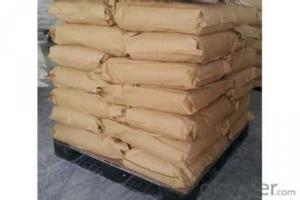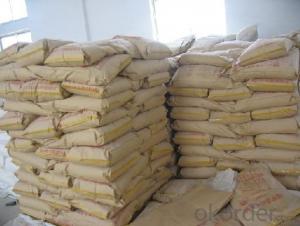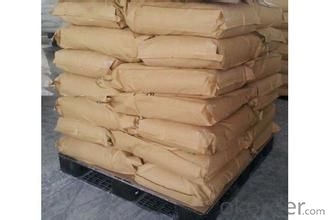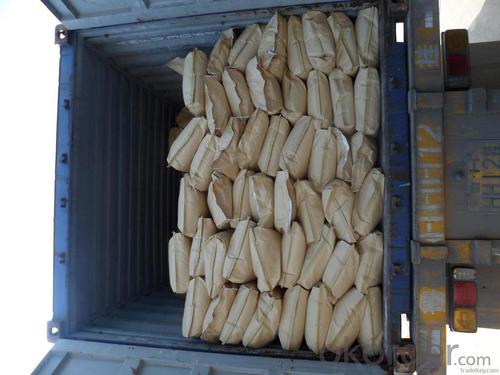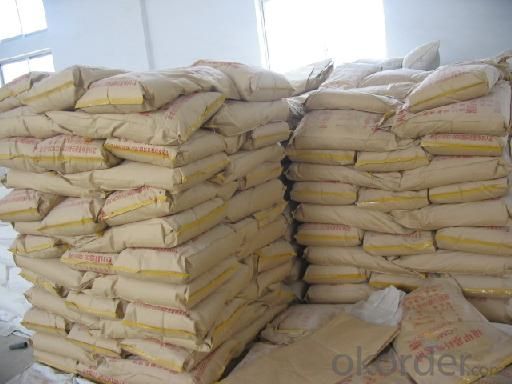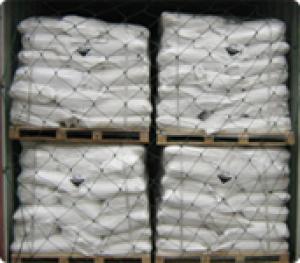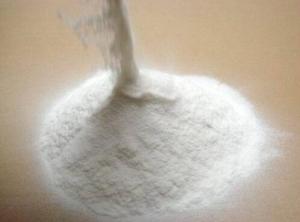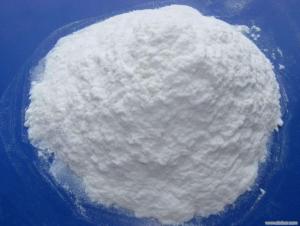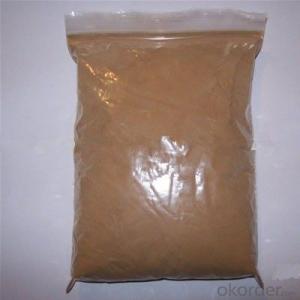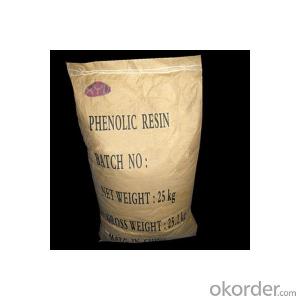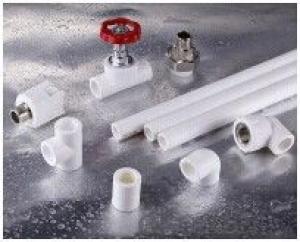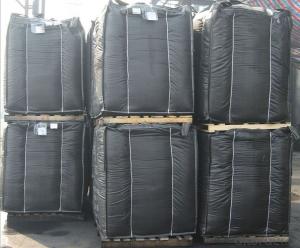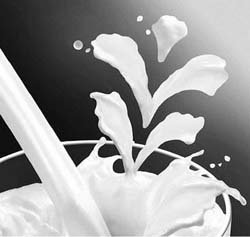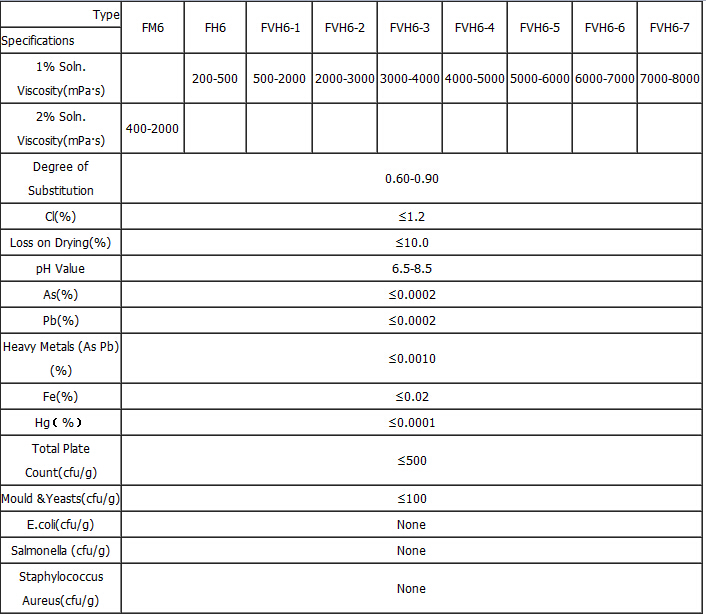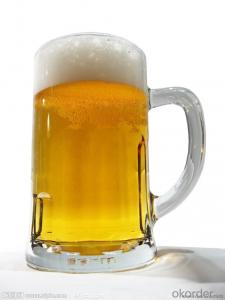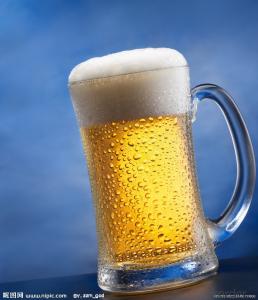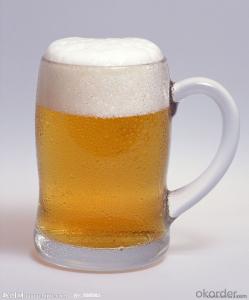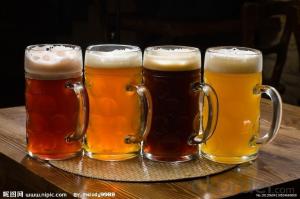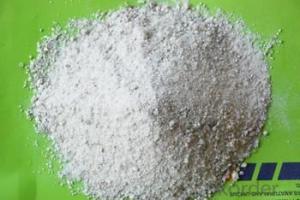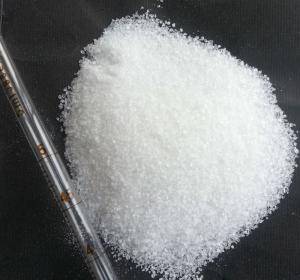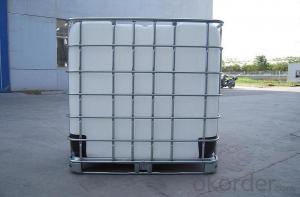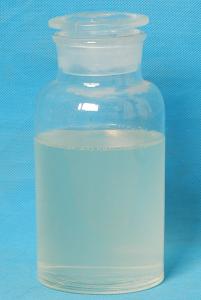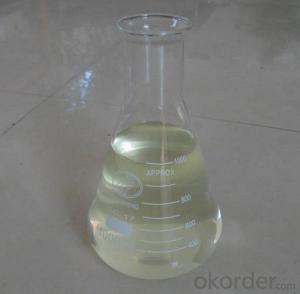Food Grade CMC Carboxymethyl Cellulose FVH9-A2
- Loading Port:
- Shanghai
- Payment Terms:
- TT OR LC
- Min Order Qty:
- 20 m.t.
- Supply Capability:
- 8000 m.t./month
OKorder Service Pledge
Quality Product, Order Online Tracking, Timely Delivery
OKorder Financial Service
Credit Rating, Credit Services, Credit Purchasing
You Might Also Like
| Food Grade CMC Used as additive in food field, CMC has the functions of thickening, suspending, emulsifying, stabilizing, shaping, filming, bulking, anti-corrosion, retaining freshness, acid-resisting, health protecting, etc. It can replace the application of guar gum, gelatin, agar, sodium alginate, and pectin. It is widely used in modern food industry, such as frozen food, solid drink, fruit juice, jam, lactic acid drinks, condiment, biscuit, instant noodles, bakery products, meat products, etc. Our food grade CMC has good thickening property, water retention, dispersion stability, filming and chemical stability. It has high viscosity even in low concentration, and makes the food taste delicate and smooth; it can reduce the syneresis of food and extend the shelf life; it can control the crystal size in frozen food and prevent the stratification between oil and water; In acid system, our anti-acid products have good suspending stability, so it can improve the stability of milk and the impedance ability of protein; our CMC can be used together with other stabilizers and emulsifiers to complement each other, strengthen each other’s effect and reduce the cost. |
|
Technical Specifications of Food Grade CMC(1)
|
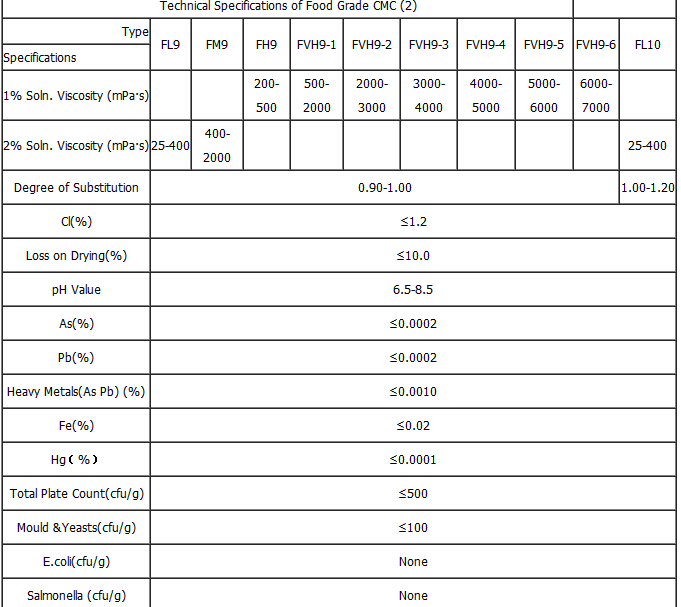 |
- Q: Is it safe to use and store gas with ethanol in lawnmowers, tillers and trimmers with additive added?
- That is all figured into the price. It might be hard to find gas that does not contain some ethanol at this point. Ethanol added to gas will not significantly reduce the cost of the product at the pump.
- Q: i mean scientifically, what is the purpose of adding all that crap.and wouldn‘t it make more financial sense just to put straight tobacco and then a filter?
- The majority of additives are food grade flavorings. If the only cigarettes available tasted exactly the same there would be no need for different brands. There are hundreds of different strains of tobacco. Some taste different than others. Most of the different strains were produce in order to find plants that produced a higher yield and were less susceptible to disease and insect infestation. For the most part cigarette companies use mostly Burley since it takes to flavoring so easily. It's also one of the cheaper tobaccos to buy. Some tobaccos are grown purely for cigars but it's often only the outer wrapping with a cheaper filler inside. Speaking as someone who has grown their own tobacco for several years now I can tell you I don't care much for the taste of strait tobaccos. It can be harsh and sometimes unpleasant to smoke strait. I often add my own flavorings.
- Q: additives that is used in an food
- Well if the additive were cyanide, well than the answer would be obvious. An additive could be harmful if it were in fact some sort of poison or carcinigen. However food additives are reviewed by the FDA and are for the most part entirely safe. Healthy? Maybe not. But safe.
- Q: Is omega 3 an additive?
- No, naturally occurring Fatty Acid. Predominantly found in fish and nuts.
- Q: What are the 17 food additives that the hotel can not use?
- White water, alkaline orange, industrial orange, industrial formaldehyde, industrial use of caustic soda, carbon monoxide, sodium bromide, sodium thiocyanate, rose red b, art green, Sodium sulfide, industrial sulfur, industrial dyes, poppy shells
- Q: Is the water treatment additive a chemical raw material?
- The water treatment additive is an inorganic polymer coagulant. Mainly through the compressed double layer, adsorption and neutralization, adsorption bridge, sediment and other mechanisms of the role of sediment, so that the water suspended particles and colloidal ions destabilize, aggregation, flocculation, coagulation, precipitation, to achieve the effect of purification.
- Q: What is the major disadvantage of putting additives into food?10 points
- Preservation - food last longer (e.g. doesn't spoil as fast). Enhances flavor - makes food taste better or in the case of meats more tender. Disadvantages: Some food additives aren't safe and may cause diseases (e.g. sodium nitrates in bacon).
- Q: Can food additives be eaten directly? why?
- Food additives and food different, they have not experienced in practice long-term test, it is difficult to determine its safety. After the Second World War Japan officially began to use food additives in food, so far only a few decades time. Therefore, its security is still unable to determine, only to wait until a few years later it is possible to fully understand whether they are harmful to the human body.
- Q: Can you make the chicken grow up with no additives
- Hello, first with a lot of foam soak after curing fried, chicken products bulky full. OKorder sell small package bubble source, you can buy less try.
- Q: What roles do food additives play in the colour and flavour of food and in the preservation of some food items?
- Additives in food can increase the nutrition value e.g. added fiber, Vitamin C, Vitamin D etc. Obviously additives are used to preserve foods making them last longer and also to change or enhance the color of foods. I've heard that some supermarkets use additives to keep the outside of fresh meat looking red or pink so it looks fresh longer than it should.
Send your message to us
Food Grade CMC Carboxymethyl Cellulose FVH9-A2
- Loading Port:
- Shanghai
- Payment Terms:
- TT OR LC
- Min Order Qty:
- 20 m.t.
- Supply Capability:
- 8000 m.t./month
OKorder Service Pledge
Quality Product, Order Online Tracking, Timely Delivery
OKorder Financial Service
Credit Rating, Credit Services, Credit Purchasing
Similar products
Hot products
Hot Searches
Related keywords

